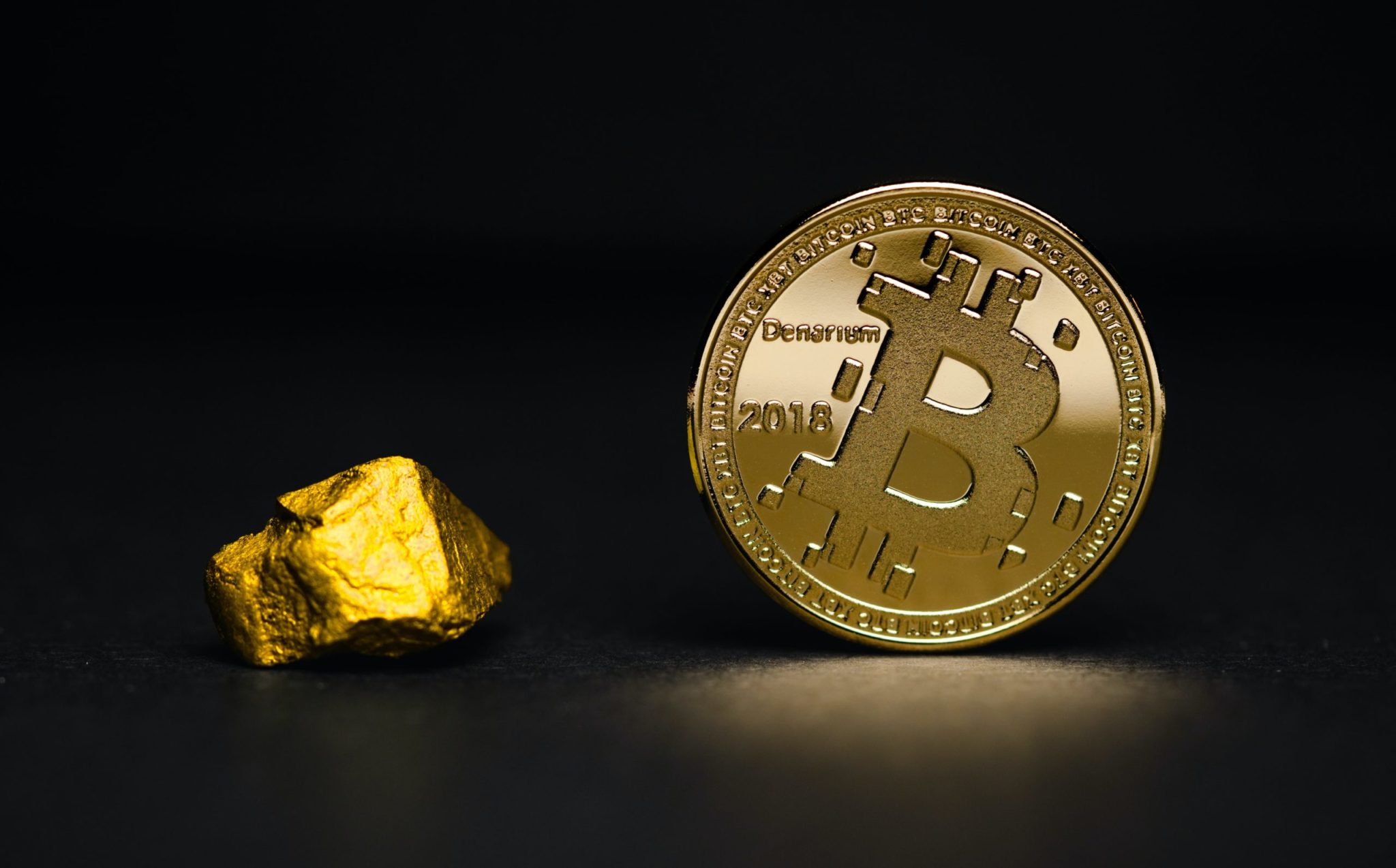Three Ways to Take a More Active Role in Your Investments
Are you ready to take your money into your own hands and take a more active role in your personal wealth? Passive investing has its place in the world. It’s the best way for people with busy careers and family lives to generate wealth with their savings, and matching the market remains a reliable strategy for growing your savings.
But some investors want to take a bigger role in managing their money and get into the business of active investing. They want to beat average market returns, make sure their money keeps growing even during a downturn, and find the “next big thing” that’s going to change the world.
As you take a more active role in your own portfolio, you may want to take a look beyond stocks for assets that can add dynamism to your portfolio and perform well under different market conditions.
Protection During a Crisis: Gold
Passive investing usually works pretty well, with one big exception: recessions. Recessions can wreak havoc on the stock markets. While the most recent downturn was an anomaly in that stock markets recovered faster than job markets, it took years for indexes to reach pre-2008 levels after the financial crisis.
The solution might be to buy gold. It’s easier than ever to buy gold online, and it can even be included in most retirement savings plans as a tax-advantaged way to invest.
Gold has long been used as a safe haven asset because it performs well when other assets are crashing. The conditions that tend to drive gold prices higher include:
- Low-interest rates that make it hard to grow your savings in low-risk products like bonds;
- Periods of high inflation that erode confidence in fiat currency;
- Stock market crashes and ongoing economic downturns.
Gold responds well to a crisis, and keeping some of it at all times means your portfolio will be prepared. Get ready for the next downturn by holding onto gold bars and coins.
Riding the Edge of Technology: Cryptocurrency
If you’re interested in active investing, there’s a pretty good chance you already know all about cryptocurrency. You might even own some already.
However, there are many who believe that Bitcoin is no longer a threat to disrupt fiat currency the way many had predicted. Bitcoin has become increasingly volatile, and some believe overvalued. It’s become a speculative asset that investors prefer to buy and park, sitting on it as they wait for big gains.
But Bitcoin only represents half of cryptocurrency’s $2.2 trillion market, and it’s more stable cryptocurrencies like Tether and Diem that have central banks worried, with some even scrambling to release their own fiat-backed digital currencies to remain relevant.
As cryptocurrency matures and its uses diversify, it only becomes clearer and clearer that it’s having a profound impact on the future of finance.
Become the Bank: Peer-to-Peer Lending
Peer-to-peer lending has taken off in recent years, as P2P platforms have made it easy for anyone to invest in startup companies. They’ve become a valuable source of micro-financing for small businesses, and as an investor, it’s an opportunity for you to get market-beating returns while spreading your risks.
P2P platforms assess the credit risks and rating of all applicants and are then assigned an appropriate interest rate.
You can make P2P lending work for you by spreading your portfolio around across many, many different loans. When you become the lender, you always face the risk that you won’t get your money back. In a crowd-sourced loan, you’re not the only one who might not get their money back, but you’re taking on real risk.
By spreading your money across dozens or even hundreds of loans, you can mitigate your risks.
Active investing requires your time and attention, but for the right type of investor, the returns can be better and the efforts more rewarding. Look beyond the stock market and see what other assets are out there.
This article has been published in accordance with Socialnomics’ disclosure policy.










